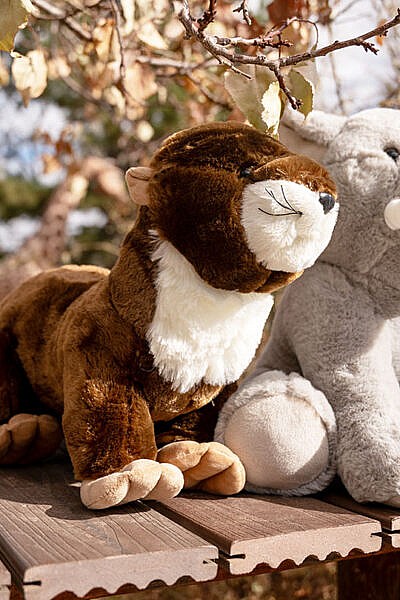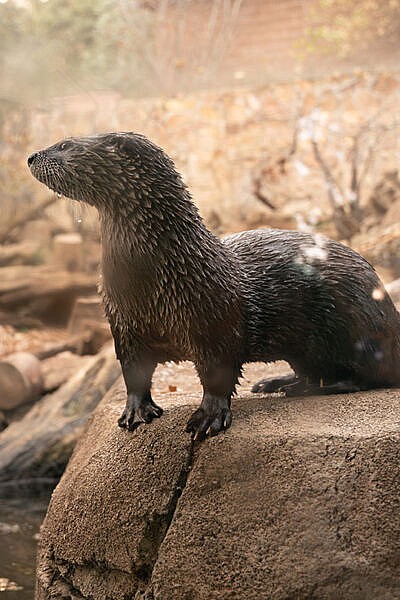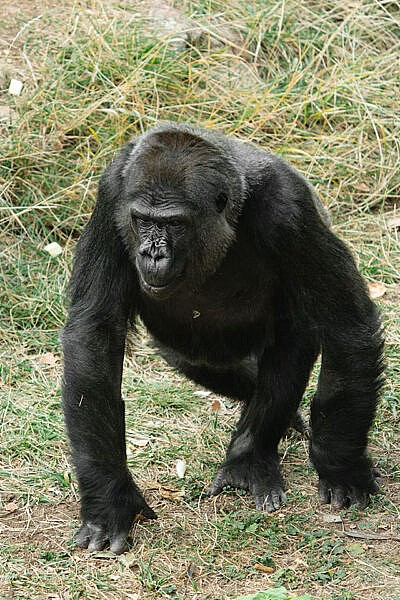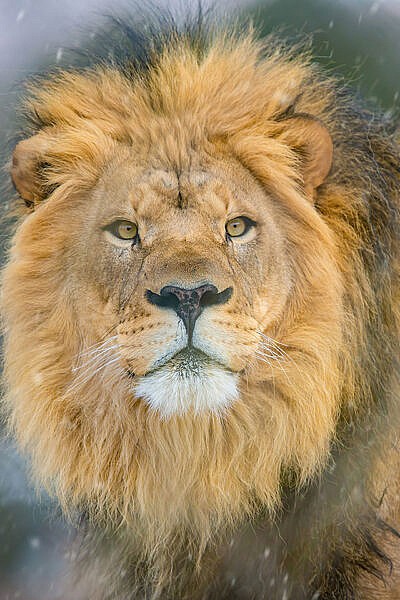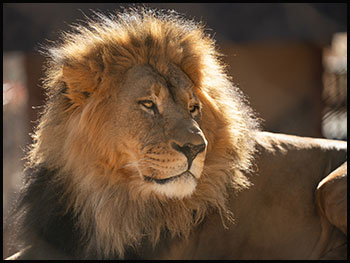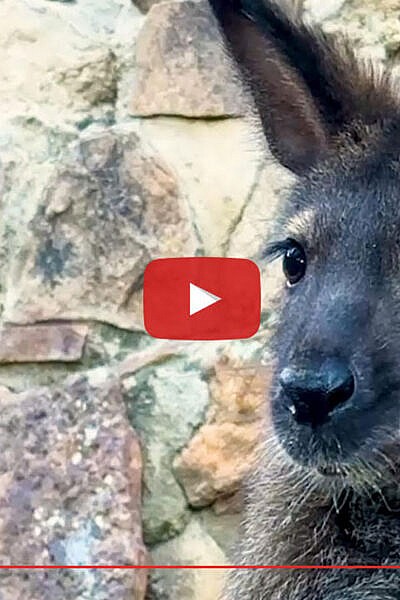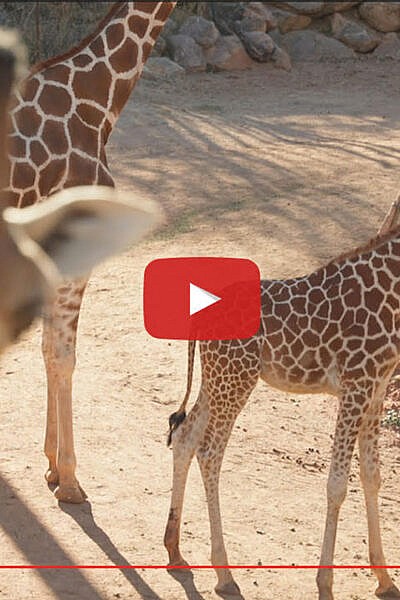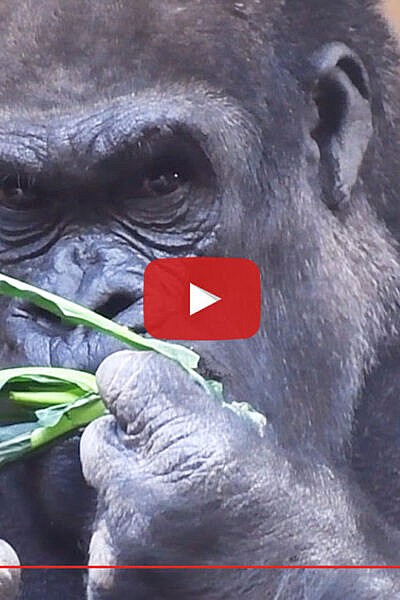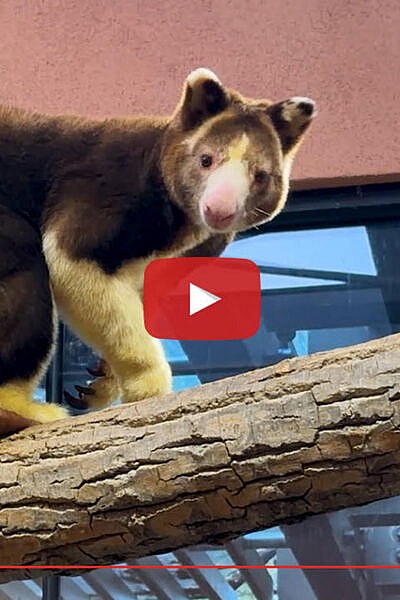This fall’s warmer temperatures have been welcomed by a lot of Coloradans, but there are four chirpy rascals in Rocky Mountain Wild that would choose a snow day over any other kind of day. For North American river otters, Pivane (pah-VAWN-ay), Enapay (eh-NAW-pay), Darwin and Newton, it’s past due time to bring on more white fluffy stuff.

“They’re always curious and energetic, but they’re extra enthusiastic in the snow,” said Kristen Cox, senior animal keeper in Rocky Mountain Wild. “They’re some of my favorite animals to watch in the winter months – especially after a fresh snow. It seems like they have ‘zoomies’ for the entire day.”
A group of otters on land is called a romp. A group of otters in the water is called a raft. There’s no official term for a group of otters in the snow, but it would probably be some synonym for joy. At least, that’s what people feel when watching them in the snow. It’s impossible not to smile, watching them slipping, sliding, wrestling, chattering and scampering up hills and down otter-made toboggan runs that span their habitat.
“When we get at least a couple of inches of snow, the otters usually make a snow slide,” said Cox. “They run to the top of the hill and jump onto their bellies with their front legs tucked back and just bomb down the hill. They’ll take the same path, so it gets pretty slick after a while, and I think they really like how fast they can get going.”
In between sledding sessions, they can be found swimming, sleeping, snacking, training for important voluntary husbandry behaviors and engaging in novel enrichment. Their climate-controlled pool is open year-round and their extremely thick fur coats over healthy layers of fat keep them warm. They’re comfortable in the water even on the chilliest of winter days. North American river otters are believed to have more individual hairs per square inch of their bodies than most humans have on their whole heads. Their outer coat is coarse and their inner coat is soft and fluffy, creating a barrier so thick that water hardly touches their skin.

All of that otter gusto requires rest and fuel, so naps and snacks are another big part of their days. The four otters typically prefer to pile up together for mid-day rests, usually inside one of their hollow logs or in a hay bed in their yard. Enapay sometimes prefers his own space, so if an otter is sleeping solo, that’s probably him.
The otters are meat-eaters, primarily, with fish being their preferred dish. Smelt, trout and capelin top the list. They also get ground meat, shrimp, small rodents and crab. Hard-boiled eggs are a coveted treat that’s scarfed down, shell and all, with no regard for table manners.
Since 2-year-old brothers, Darwin and Newton, moved to CMZoo in May 2022, their care team has been focused on creating an environment that they and 13-year-old brothers, Enapay and Pivane, could all feel confident sharing. Now that they’ve achieved a cohesive bachelor group and the brother pairs are together full-time, animal keepers are prioritizing refreshing or starting voluntary husbandry behavior training. The otters are extremely eager to train, which is communicated through a series of chattering squeaks, chuffy huffs and intense stares of focus.
Enapay and Pivane, who Cox has been training with since they arrived at CMZoo in April 2011, are the best students in the romp. In addition to presenting their paws, receiving voluntary injections, stationing in various locations, coming when called and opening their mouths for dental checks, they are also trained for voluntary blood draws. During blood draws, keepers ask them to take turns placing themselves in the training tube – a half-pipe fastened to a fence – and to present a webbed paw through the fence. They get lots of fish throughout the sessions, while the CMZoo veterinary team delicately draws blood from a vein in their arm.
“When they see us approaching, they dart to the training panel and jump all over each other, trying to get in the prime location in the training tube,” said Cox. “It’s usually Enapay who plants himself in the training tube first. Sometimes he falls asleep in there. He knows good things happen when he goes into the tube, and I think he wants to be there – awake or asleep – just in case we’re going to train.”
The team doesn’t need to draw blood regularly, but it’s an important behavior for the aging otters to have in their wheelhouse. The median life expectancy for North American river otters in human care, according to the Association of Zoos and Aquariums, is 12 years.
When the time comes and the boys start slowing down, their care team will be able to run blood tests that can help them diagnose and address any issues. Learning this behavior before they need it means the otters could participate in their health care in a lower stress scenario, without anesthesia.

“They still act like they’re five years old,” said Cox. “They don’t need any medications at this point, but we’re prepared if the day comes when they need our help. For now, we’re grateful they seem to be in good health, and we work hard to ensure every day is jam-packed with fun for them.”
Following in their honorary big brothers’ paw prints, Darwin and Newton are learning important voluntary behaviors, too. Newton recently mastered voluntary injection training. Darwin, the most vocal and confident of the four, is working on it, too. Next up will be presenting their paws for blood draws and checks, stationing – when keepers ask them to move to a specific location and stay there – and opening their mouths for dental checks.
Even their keepers who work with them daily admit it is difficult to tell the four apart, but there are some subtle differences that otter fans can note, and try their best to identify. Pivane and Enapay are lighter brown when they’re dry. Enapay has two darker fur dots above his nose. Pivane has a whiter snout and he’s bigger than Enapay. In the spring, they shed their winter coats and they all look lighter in color, compared to their darker brown winter coats. Darwin has a thinner snout. Those tips might help, if the otters slow down long enough for guests to notice the differences.
“Otters are just the best,” said Cox. “I think we can all learn from them. Every day is the best day of their lives. They’re carefree. They communicate well. They’re honest with each other and they don’t hold grudges. If you like to be happy, otters give you a lot of reasons to be happy.”
Next time Mother Nature graces Colorado with snow, channel your playful inner otter and enjoy a day at the Zoo. CMZoo is open every day of the year and Value Days reduced admission begins December 1. Grab an e-ticket (advance tickets are required) at cmzoo.org and a hot cocoa from Grizzly Grill, and spend a moment letting Enapay, Pivane, Darwin and Newton put a smile on your face in Rocky Mountain Wild.
Back to The Waterhole


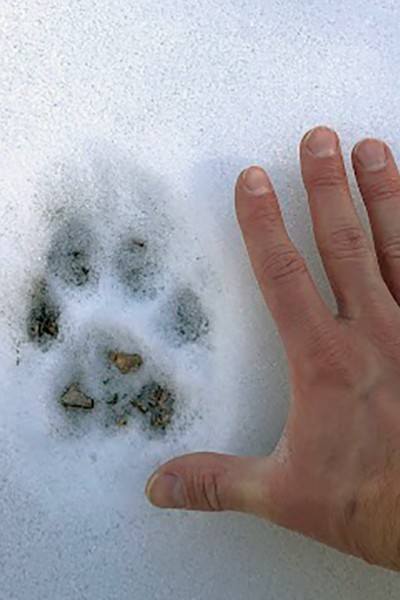

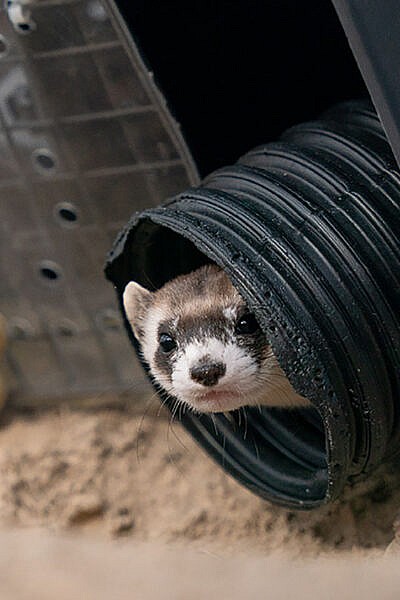
 It was a big year to celebrate for black-footed ferret (BFF) conservation enthusiasts. Including Cheyenne Mountain Zoo’s kits, 417 BFF kits were born into the program. That’s the most kits born in a single year program-wide in a decade!
It was a big year to celebrate for black-footed ferret (BFF) conservation enthusiasts. Including Cheyenne Mountain Zoo’s kits, 417 BFF kits were born into the program. That’s the most kits born in a single year program-wide in a decade!


